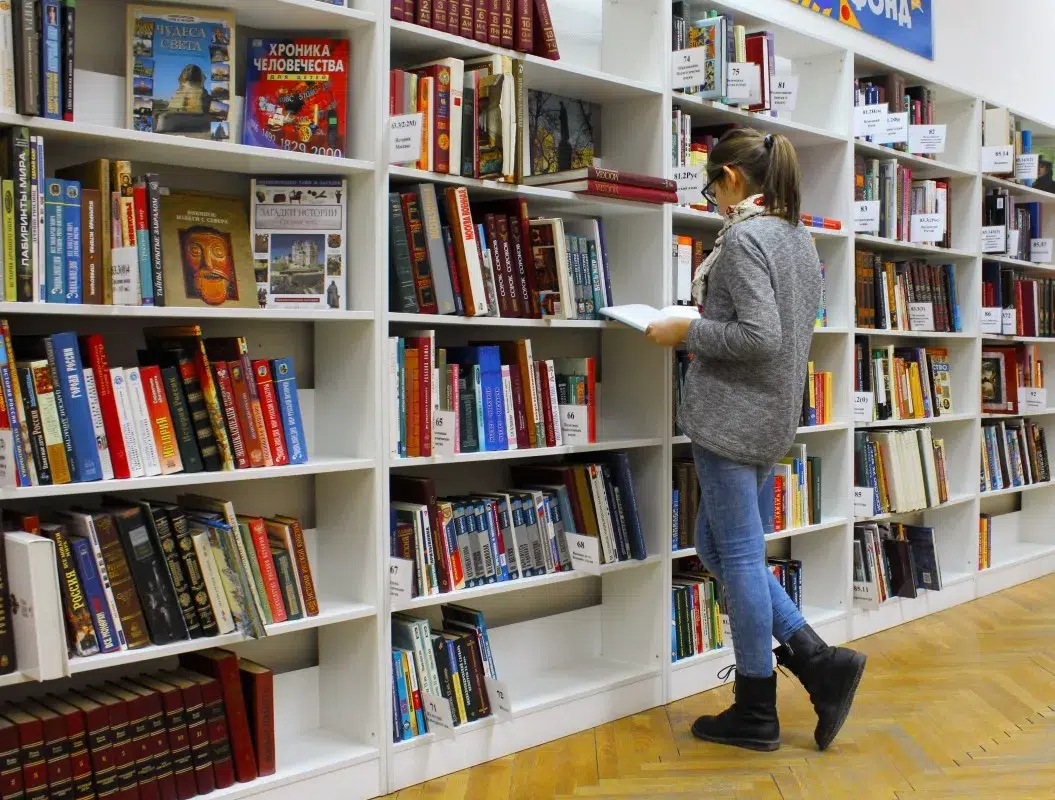Have you ever had a student who struggles in the classroom because their first language is not English? Or perhaps it is you who has struggled to communicate with parents of students, navigating cultural differences and language barriers. This is the reality for many children and parents in Australia. In a country where more than 40% of the population was born overseas (or their parents were), there is still a lot to do when it comes to inclusive education access.
It is crucial for students’ success (and their mental health) to address language barriers effectively in the classroom. For students from culturally and linguistically diverse communities to succeed academically, support and resources must be made available to them and their parents.
Bridging language barriers will not just enable children to improve academically but also promote equal education access and inclusion inside the classrooms. Students tend to actively participate in the classroom and have more sense of belonging whenever they feel heard and understood. Thus, in this article, we will explore approaches to breaking down barriers and finding creative solutions in education access to help students overcome language challenges.
Cultural Diversity in Australian Schools
Understanding the diversity of students in Australian schools is essential in providing effective inclusive education access. This goes beyond recognising differences in English proficiency levels or identifying someone’s first language. Each student brings their unique background, culture, and learning style to the classroom. Some may be auditory learners who excel at imitating sounds, while others might prefer visual cues or written materials. By acknowledging this individuality, educators can tailor their teaching methods to cater to each learner’s strengths.
Additionally, it is vital to consider the diverse motivations behind language learning. While some learners may be passionate about exploring different cultures or furthering their career prospects, others may find themselves immersed in an environment that required acquiring another language for basic communication needs.
Identifying students’ motivations helps educators create engaging content and language-inclusive learning resources. By embracing diversity, educators can provide personalised support that meets each learner’s needs effectively. Ultimately, this approach fosters a more inclusive and enriching experience for students that will protect their mental health and wellbeing.
Implementing Bilingual Education Programs Effectively as a way to Foster Inclusive Education Access
Creating a supportive environment that values two languages equally promotes cultural diversity in Australian schools and encourages students to embrace their heritage. By celebrating different cultures and languages, schools can create an inclusive atmosphere where students feel empowered to protect their first language. Moreover, it’s crucial to involve parents in the bilingual education process by providing language-inclusive learning resources and offering information sessions where they can learn about linguistic development and support their child’s learning at home.
Inclusive education access also requires regular assessments. Schools must constantly evaluate the effectiveness of their program through student assessments, surveys, or observations to make necessary adjustments along the way. Furthermore, establishing partnerships with local community organisations or universities can provide additional support and expertise in developing inclusive resources.
Using Technology for Language Learning Support
In this rapidly advancing world, technology has completely changed the way we live, especially how we communicate. With increasing cultural diversity in Australian schools, schools’ management have a big responsibility supporting students who speak languages other than English at home.
Luckily, technology has opened a whole new world of possibilities for multilingual education support and provide language barrier solutions for education. Features such as multilingual voice over of multimedia content and remote video interpreting can help enhance language learning and assessment. It also helps students feel included and become more motivated to actively participate in school activities.
Technology has indeed revolutionised the way we learn languages by providing better education access and offering solutions for overcoming language barriers. By embracing technology-driven language learning initiatives that prioritise inclusion and cultural diversity, we can create a more harmonious society that celebrates our differences while fostering unity through effective communication.
Empowering Teachers with Professional Development Opportunities
Teachers play an important role in shaping the future generations. It’s crucial that we empower teachers to take steps in the cultural diversity space to overcome challenges and make sure that all students have equal education access. Schools should give opportunities for teachers to develop their approach to multilingual education support. Teachers who have access to language-inclusive learning resources will be well-prepared in creating engaging lessons that cater to different language proficiencies. This continued growth not only benefits teachers but also enhances education access for all students in multilingual classrooms. It is through investing in teacher’s growth that we help create inclusive learning spaces capable of maximising every student’s potential.
In conclusion, promoting cultural diversity in the classroom has great benefits:
- It helps preserve cultural diversity in Australia.
- It fosters the mental wellbeing of students from CALD backgrounds.
- It promotes tolerance, innovation and creativity.
By promoting cultural diversity, we are also helping students from diverse backgrounds feel that they belong, we are protecting their mental health and setting them up for success, as opposed to hindering their education experience and later outcomes.
Related Posts

Get a quote today
"*" indicates required fields
Subscribe today to receive the latest insights and updates from Sylaba Translations









